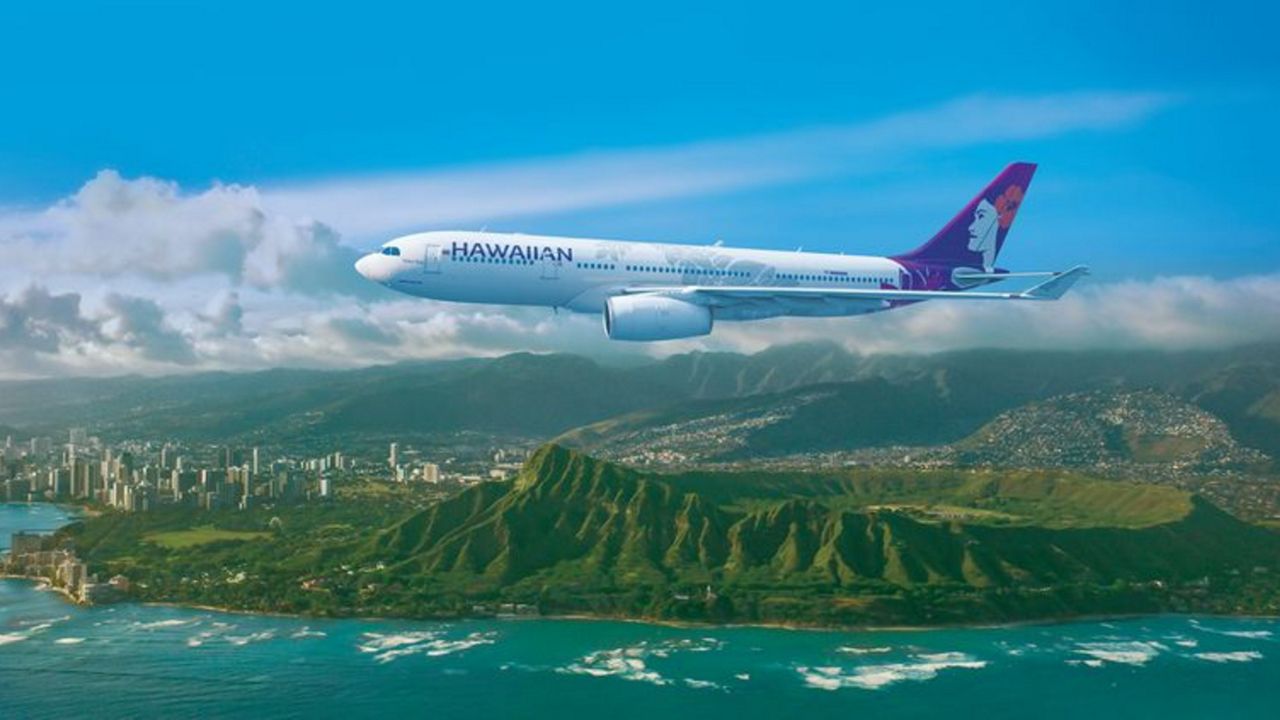HONOLULU — Before the coronavirus pandemic, Hawaiian Airlines flew in and out of Japan daily.
There were daily flights to airports in Osaka, Narita and Hokkaido and two daily flights to Tokyo Haneda. Demand in Japan was so great that the airline was about to add a third daily flight in and out of Haneda before the pandemic shut down travel worldwide, said Peter Ingram, president and CEO of Hawaiian Holdings, the parent company of Hawaiian Airlines.
But as Japan slowly eases pandemic travel restrictions, Ingram is banking on pent-up demand from foreign tourists in Japan to Hawaii to drive the company’s financials.
In May, Hawaiian Airlines announced it would resume service between Honolulu and Tokyo Haneda Airport next month. Airline officials also said they would increase their weekly flights between Honolulu and Narita and Osaka’s Kansai Airport beginning in August.
“Japan, we’re still operating at a fraction of what we were doing before,” said Ingram during the company’s second-quarter earnings conference call Tuesday. “That’s where the growth is coming in on the international [side] as we look forward to the end of this year and 2023.”
With summer travel in full swing, the company reported better than expected second-quarter results driven by the domestic market, said Brent Overbeek, chief revenue officer at Hawaiian Airlines.
The airline operated at 115% capacity domestically and 31% on international routes compared to the second quarter of 2019.
While passenger revenue was down 5.5%, premium and front cabin seating are up 37% versus 2019, Overbeek said.
The company reported an adjusted net loss of $46 million.
“Strong demand in our domestic markets has been joined by an encouraging recovery from our international gateways in the second quarter,” said Ingram.
However, there are concerns out of their control. Fuel prices are highly volatile, increasing from $1.89 in June 2021 to $3.95, a 109% year-over-year.
Airline officials said that high and volatile fuel prices would continue to be challenging moving forward.
As they resume service in Japan, the country has a 20,000 daily passenger cap on arrivals, including Japanese nationals and foreign residents. The number is far below pre-pandemic levels.
The country opened to foreign tourists on June 10.
The Japanese Yen is also down 18% to the dollar, meaning the cost to visit Hawaii is much more expensive than it was a couple of years ago.
Still, Overbeek is bullish on the company’s outlook in the third quarter and beyond.
He said that demand shot up when South Korea, Australia, and New Zealand eased travel restrictions.
“Internationally, [as] travel restrictions continue to ease, we’re seeing robust demand for Hawaii vacations,” he said. “We have the right products for our market, a strong brand, an exceptional team, and a winning formula for success.”



